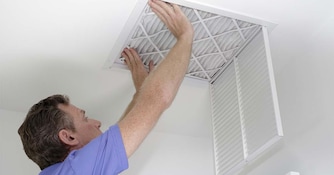
How to Ventilate Your Home
Ever pull your bed covers over your head for a warm, cozy feeling only to find it eventually becomes harder to breathe? Without fresh air, the oxygen begins to deplete and you quickly remove the covers for some fresh air.
Your house also "breathes" in a sense. It must regularly exhaust stale air and take in fresh outdoor air. Otherwise, you'd keep the same stale air, germs, odors, and gases circulating inside. That's why having ventilation in the home is so important.
Natural ventilation, such as opening doors and windows, is easy, but makes it difficult to control the temperature and humidity levels of your indoor air. Luckily, there are many whole house ventilation systems, including some that will help keep you from wasting extra energy heating or cooling fresh air.
Exhaust Fans
The simplest house ventilation device is an exhaust fan, which expels air out of the house. There are several types.
Bathroom Fans
Most people are familiar with bathroom fans, surface-mounted fans that evacuate moisture, odors, and other contaminants from inside the bathroom. They also get rid of foggy mirrors so you can see where you're shaving!
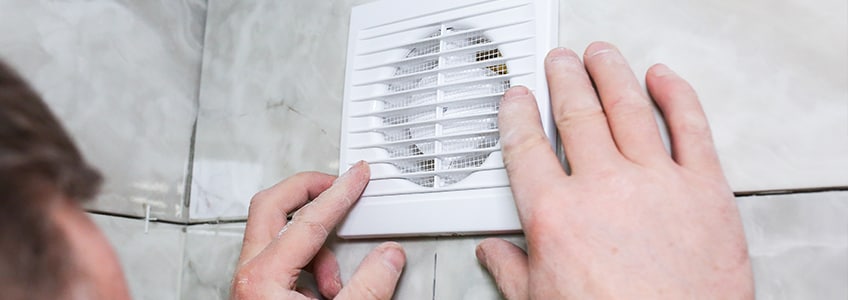
Inline/Exterior Duct Fans
Inline duct fans are house ventilation solutions installed in a remote location within your duct system and allow for the venting of multiple spaces with just a single fan. This means that when you flip the switch in any room the fan services, all rooms will be ventilated at once. Exterior duct fans are also available that can be mounted outside your home if you lack indoor space.
Since these fans are not located in the space being ventilated, there is less noise, a major benefit for those bothered by the loud buzz of a typical surface-mounted fan.
Kitchen Range Hoods
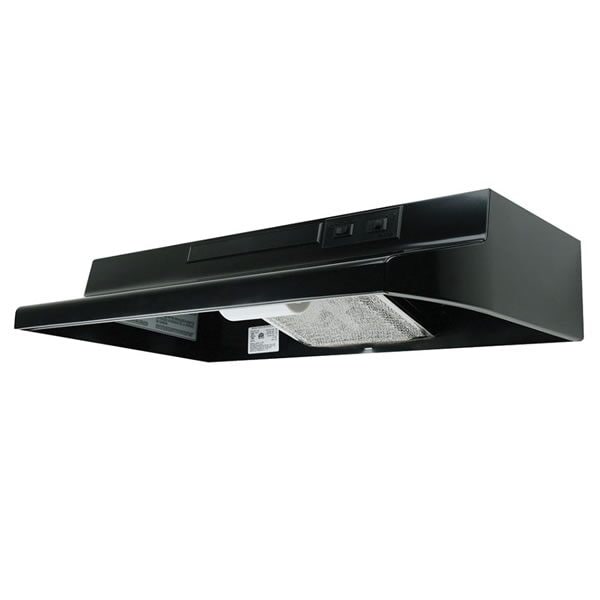 Kitchens should use exhaust fans as well, primarily over the stove. Everyone has had the embarrassing experience of burning something while cooking and making the fire alarm go off.
Kitchens should use exhaust fans as well, primarily over the stove. Everyone has had the embarrassing experience of burning something while cooking and making the fire alarm go off.
A range hood mounted above the stove removes harmful particles resulting from the combustion process and exhausts excess moisture along with the burnt smell of your experimental recipe.
Whole-House Fans
Whole-house exhaust fans work together with open windows to provide an efficient home ventilation solution. As open windows allow fresh air into your home, the whole house fan draws in and exhausts stale air. This creates a rush of air throughout your home, which is great for cooling. In fact, properly-sized whole-house fans can reduce the need to use an air conditioner during summer.
As their name denotes, exhaust fans can only exhaust stale air; they cannot draw in fresh air (with the exception of whole-house fans drawing in air from an open window). If you only use an exhaust fan without also pulling in fresh air, you'll create negative pressure in your house, which can lead to poor indoor air quality. The next section outlines ways to both exhaust stale air and bring in fresh air.
Air Exchangers
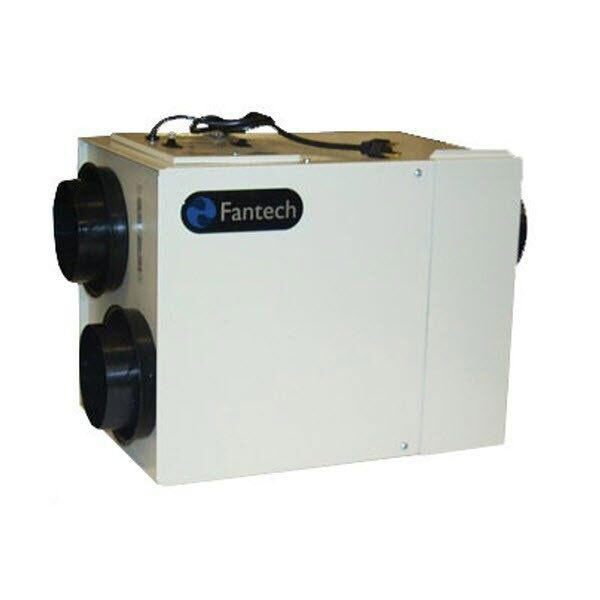 Air exchangers do exactly what their name suggest: exchange stale indoor air for fresh outdoor air, eliminating the issue of negative pressure. Unlike exhaust fans that operate only when switched on, air exchangers typically run nonstop.
Air exchangers do exactly what their name suggest: exchange stale indoor air for fresh outdoor air, eliminating the issue of negative pressure. Unlike exhaust fans that operate only when switched on, air exchangers typically run nonstop.
This means you're always getting a healthy dose of fresh air in your home no matter what may be going on inside. Of course, you should still take precautions when engaging in activities that cause high amounts of air pollution.
Air exchangers provide great house ventilation, especially in mild climates where you don't often use heating or air conditioning. However, if you do heat your home, a basic air exchanger will remove the heated air and replace it with cold air, defeating the purpose of a heating system. In those cases, a heat recovery ventilator, or HRV, works best.
HRVs
HRV air exchangers transfer heat between the incoming and outgoing air streams without ever having them meet. This works by passing the two air streams through a heat exchanger. The warm, outgoing air transfers heat into the cold, incoming air to warm it.
The opposite works in the summer or in warmer climates. In this case, the warm incoming air transfers its heat to the outgoing conditioned air, dropping the temperature of the incoming air and making it easier to stay cool inside.
In the summer, though, HRVs will continuously introduce humidity into the home, so they are not as useful in climates with long summers or high humidity. In those cases, you will want to explore an energy recovery ventilator, or ERV.
ERVs
ERVs can transfer both heat and moisture between air streams. They use a heat exchanger made of a porous material that only allows heat and moisture through, while keeping pollutants out. ERVs are very helpful for homes in humid climates with long summers, where it's important to keep the humid outdoor air at bay.
Learn more about the differences between HRVs and ERVs.
Consult an Expert
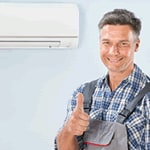 Before installing the perfect ventilation solution, it’s always best to work with an expert. Not only do you need to make sure that you get the right type of ventilation device, but proper sizing will determine the effectiveness and efficiency of the unit.
Before installing the perfect ventilation solution, it’s always best to work with an expert. Not only do you need to make sure that you get the right type of ventilation device, but proper sizing will determine the effectiveness and efficiency of the unit.
We offer both a wide selection of ventilation solutions and also a professional sizing estimate from our in-house experts for a fee that can be applied to your purchase. So, if you’re looking to improve your indoor air quality and want to make sure you do it right, contact us today.


